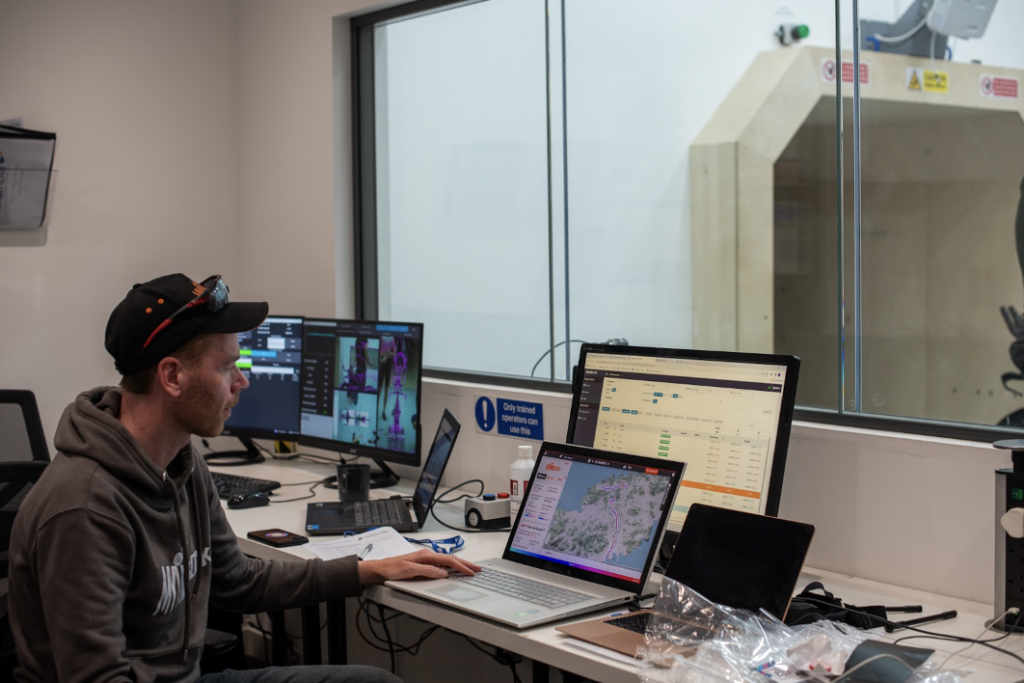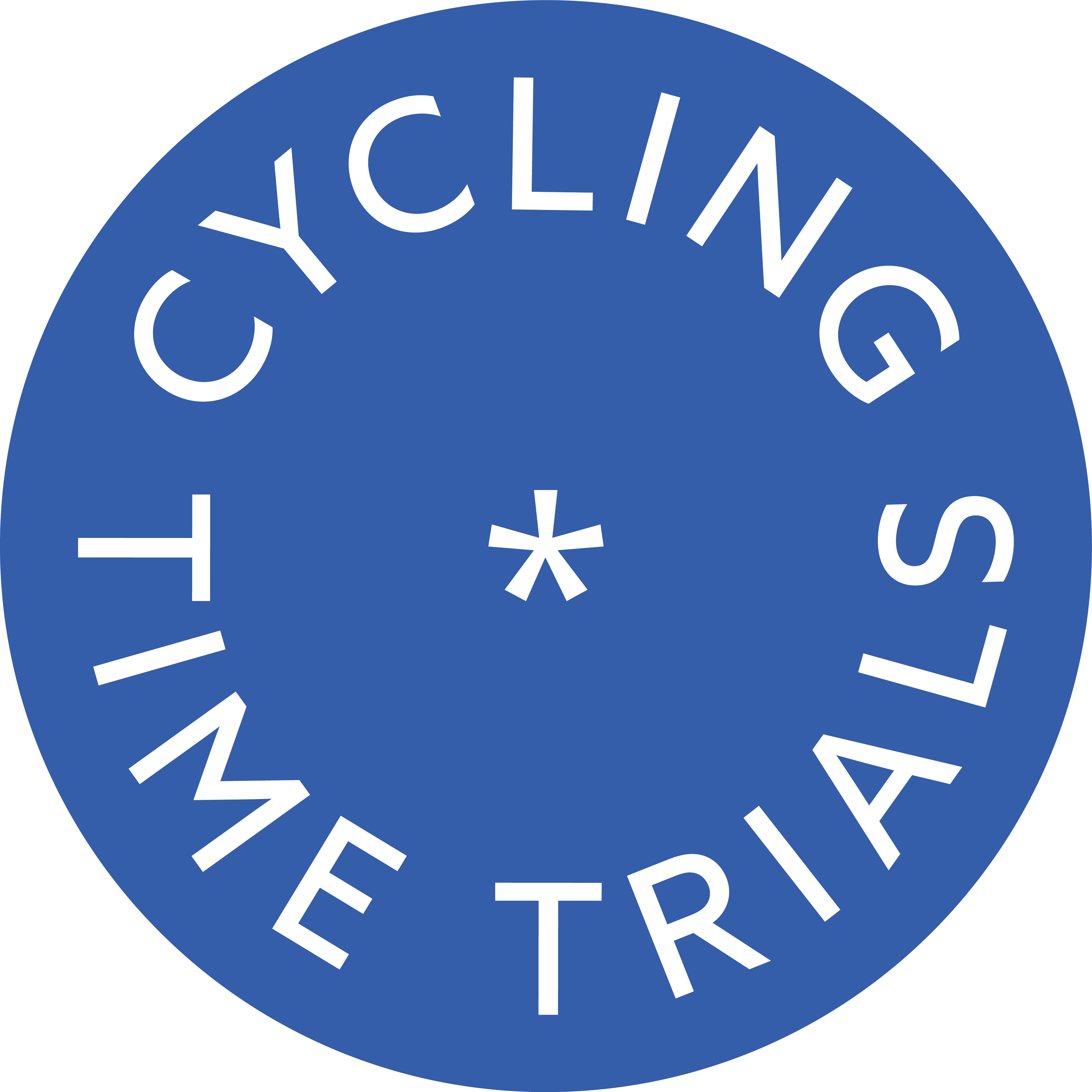
Personally, my favourite graph in myWindsock is “Where Power Matters Most”. This plot essentially tells you where you should ride a bit harder. This is a plot I’ve spoken about quite a lot on this blog before but today we will take a look into why power matters most – rather than where. In order to do this, we need to take a little look into what actually slows a cyclist down when they’re riding.

How is it calculated?
Let’s consider the factors that speed a cyclist up and what slows them down. In slowing down we have headwinds, rolling resistance, drivetrain resistance and going up hills. The things that speed our cyclist up include tailwinds, going down hills and the obvious one – pedalling. The intuitive explanation for Where Power Matters Most is simple – when the things slowing you down are on the up, and there’s not much other than your legs contributing to your speed. The old time trial adage of “minimising the amount of time spent going slowly” is key here.

The simple way to think of this is by looking at this little drawing and if there’s more red than green, power matters more. This is the same as adding up all the forces acting on the cyclist and if there’s more slowing them down than there is speeding them up – power matters more. The greater extent to which this is true, the more power matters! On the graph, a long region of uphill with a headwind will show where power matters.
In an ideal world, we will get up to target speed and keep the green arrows and the red arrows in balance. If, when you’re riding, you imagine the sum of the green (positive) and red (negative) arrows changing and your job, when pacing, is to keep their sum as close to zero as possible by adjusting the power input through the pedals.
The penalty for overadjustment is a blowup of course, go too hard up the first climb and you won’t have enough gas for the second. This is where myWindsock can come in handy, as we can, using the critical power model, calculate your effort for you.
Prepare for your next race like the pros, sign up to myWindsock here.

 UK Time Trial Events
UK Time Trial Events




